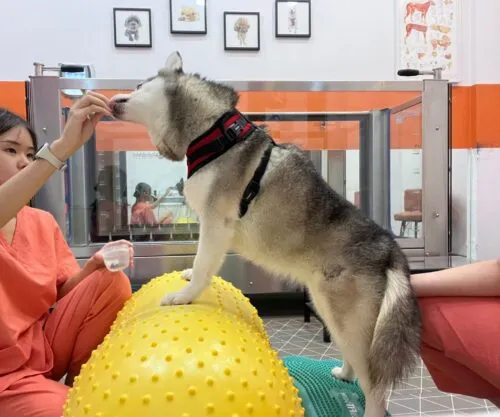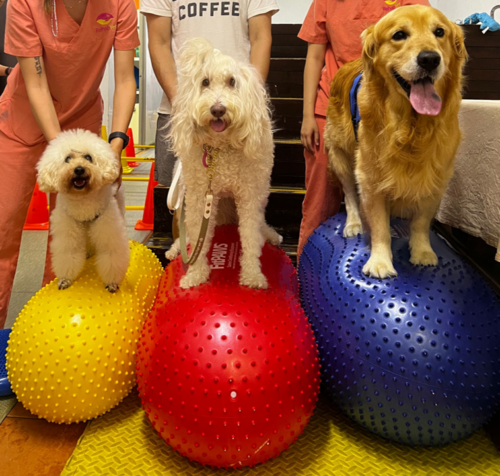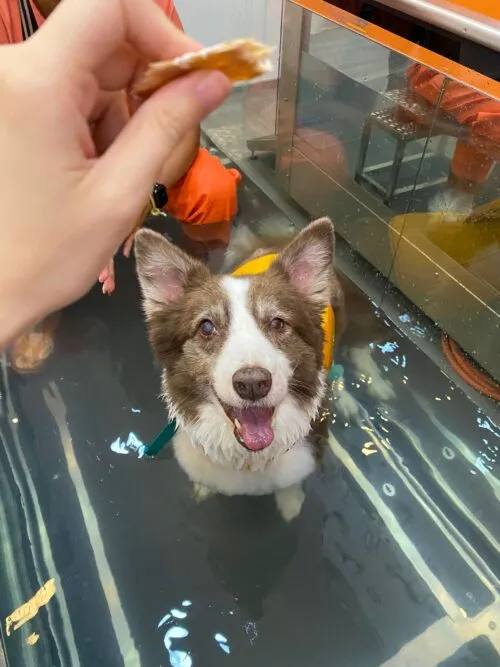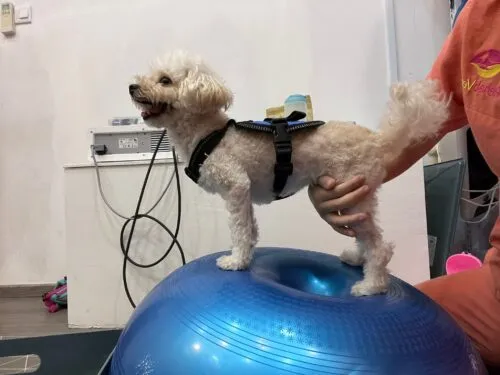

Physical therapy for dogs and cats offers numerous benefits that can greatly improve their overall health, mobility, and quality of life. At RehabVet Clinic, we provide tailored physical therapy programs designed to address each pet’s specific needs. Key benefits of physical therapy for dogs and cats include:
There are various types of physical therapies available for dogs and cats, each tailored to address specific conditions and promote optimal health. Some key therapies include:


Physical therapy can effectively treat a wide range of conditions in animals, providing relief and support throughout the healing process. Some specific conditions include: